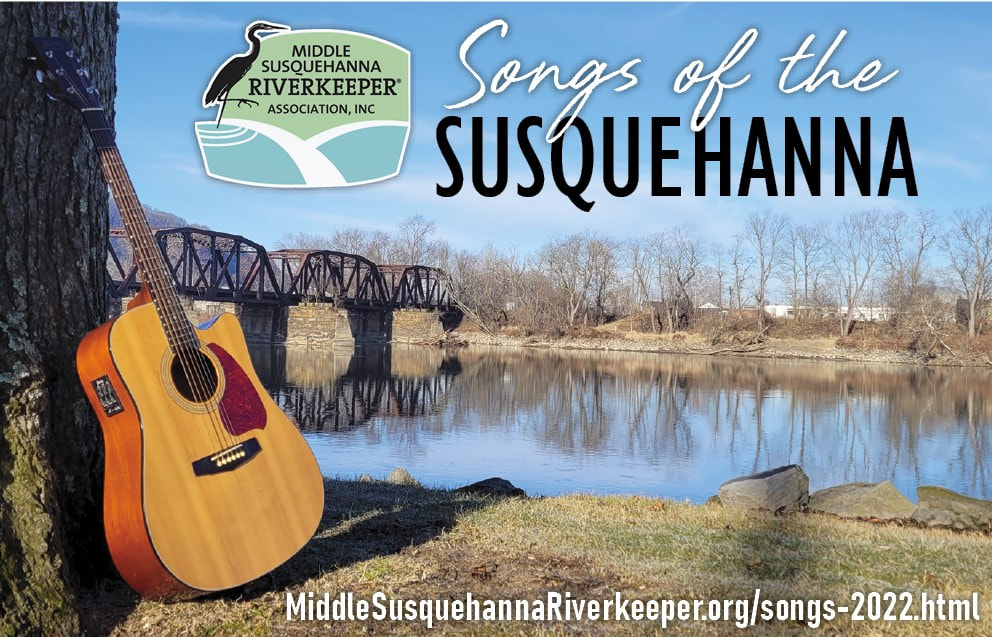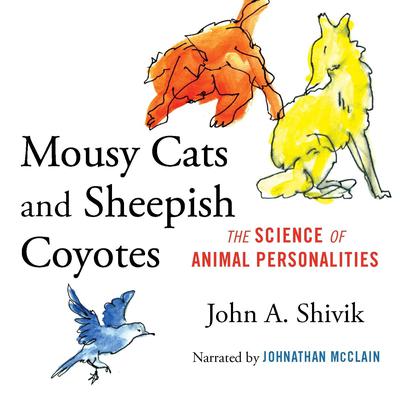|
Silky dogwood, buttonbush and elderberry were the most successful species in a recent live stake study conducted by the Chesapeake Conservancy and Susquehanna University.
“All three exhibited over a 45 percent survival rate, which is pretty good considering you are simply sticking a stake in the ground and leaving it alone to sprout and grow,” said Matt Wilson, director of Susquehanna University’s Freshwater Research Institute. “None of the other species we studied had better than a 10 percent survival rate.” Live stakes are cuttings off certain trees and shrubs that can be planted directly into the ground and can be very helpful in protecting local streams.
0 Comments
In the early 1970s, as word spread about PP&L building a powerplant in Montour County and a subsequent lake area to be used as a backup coolant for the plant, local landowner Richard Hess developed an idea to capitalize on the news.
“Our farm joins the preserve land where the pavilions are now. I had the idea of putting in a campground, because I understood that PPL wasn’t going to put a campground in and I figured that they’ll have the lake there for boating and fishing and trails to hike,” he said, taking a few days of vacation from his job with Sylvania, developing what would be the earliest electronic components for automobiles, to attend a conference at Penn State University on starting a campground. World Water Day reality check: We need to work together to tackle overwhelming issues in watershed3/25/2022
On Tuesday, March 22, 2022, we celebrated World Water Day.
However, I use that term – celebrate – extremely loosely. Usually one who savors finding the silver lining in every cloud, I’m feeling less like Tigger and more like Eeyore about a day that was created to raise important awareness about water quality issues and champion successes in clean water efforts. After sorting through numerous online feedback forms, numerous discussions among board members and other parties connected to the Songs of the Susquehanna project, the official list of songs and artists selected for Volume 2 is now available.
Twenty songs have been chosen from the 58 submitted and will be turned over to regional musician Kimbo Reichley for professional mastering and compilation to develop our official Volume 2 CD, and we are working on an online download option for this album, as well. The first six program days of the HERYN (Helping Engage the River's Youth with Nature) kayaking and fishing program days were a huge success, as 73 young people from 10 different counties learned valuable skills in both areas while boosting confidence and making some new friends.
Because of that success, and multiple requests from past participants and their families, we are working on a next level HERYN experience for graduates of the original program. As each bulging, squirming netload of trout was transferred from a large stocking tanker truck to buckets for transportation to nearby Little Shamokin Creek, volunteers buzzed with pre-season excitement.
“There are some monster fish in these buckets,” said one. “I sure hope some kid gets a hold of that orange one,” added another, pointing to a freshly stocked golden rainbow trout swimming cautiously upstream. “Through an initiative a few years back that gathered angler feedback, people shared their interest in catching larger fish,” said Pennsylvania Fish and Boat Commission officer Jacob Bennett just before a caravan of volunteers followed the agency's truck during the March 4 stocking. “We reallocated hatcheries to accommodate bigger fish. It is not uncommon to see those 12- to 16-inch fish anymore.” He walked toward us along the rural dead-end Degreen Road, with an empty leash in one hand and a look of exasperation under his sweat-laced forehead.
“My dog got loose,” Zach said, his eyes darting beyond us to continue the search. “I’ve been looking for hours.” The chance encounter happened on a hot mid-July afternoon while then-Middle Susquehanna Riverkeeper Association intern Danielle Tryon and I canvassed the neighborhood for potential homeowners that may have interest in residential well water testing and eventual treatment. The effort was sparked by funds received in a settlement agreement with Talen Energy earlier in 2021. The next Middle Susquehanna Riverkeeper Association Nature Book Club meeting is scheduled for Monday, March 28, at 7 p.m. at the 112 Market Street, Sunbury, office.
Val Grahn plans to lead a discussion of John A. Slivik's Mousy Cats and Sheepish Coyotes. Those who wish to attend have two options to do so ... in person at the office, or via Zoom. To join via the Zoom meeting at 7 p.m., click here: https://us02web.zoom.us/j/85675209761?pwd=bmFSU0JaNTVRM1QyaHBlMFlienpOQT09 |
AuthorsRiverkeeper John Zaktansky is an award-winning journalist and avid promoter of the outdoors who loves camping, kayaking, fishing and hunting with the family. Archives
July 2024
Topics |








 RSS Feed
RSS Feed